High wire act: how a one-woman cultural exchange is connecting Europe and China
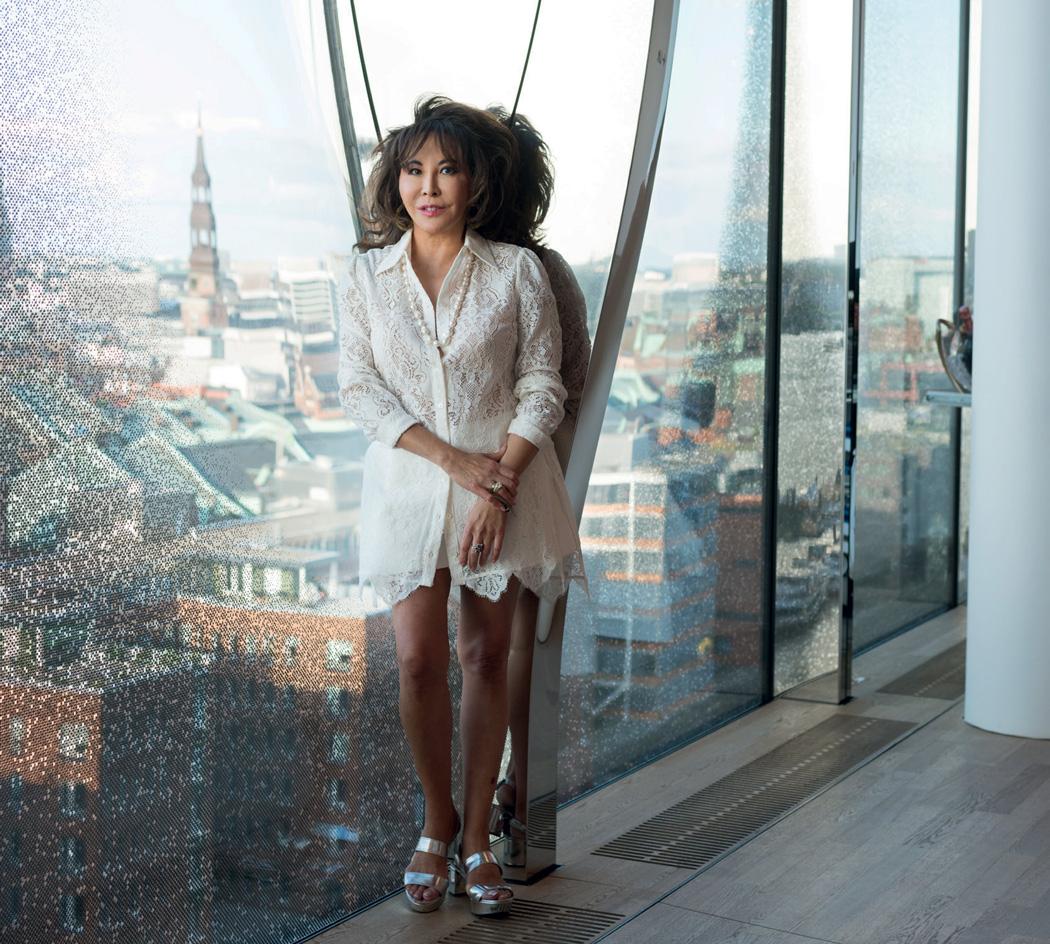
With its eclectic programme of opera, art, architecture and design, the London-based KT Wong Foundation has been bridging the creative landscapes of Britain and China since 2007, and established itself as a cultural force. According to its founder, Lady Linda Wong Davies, the initial objective was simple. ‘I just wanted to show that China’s culture is more than terracotta warriors and Ming vases,’ she says.
Ten years on, with countless exhibitions and performances under her belt, Davies shows no sign of slowing down. ‘When we started I was ignorant, but I was younger and fearless. I went out and made it happen.’
Dedicated to Davies’ father, the Chinese-Malaysian businessman Dato Wong Kee Tat, the Foundation celebrates China’s dynamic cultural scene, despite the fact that Davies was born in Singapore, grew up in Malaysia and studied in California.
What drew her back to her homeland? ‘There’s so much going on there, it makes my head swim. It’s fantastic that the rest of the world is paying more attention now to what’s happening with the arts in China today, rather than just its history,’ she tells me. ‘It’s endlessly surprising, and impossible to stereotype.’
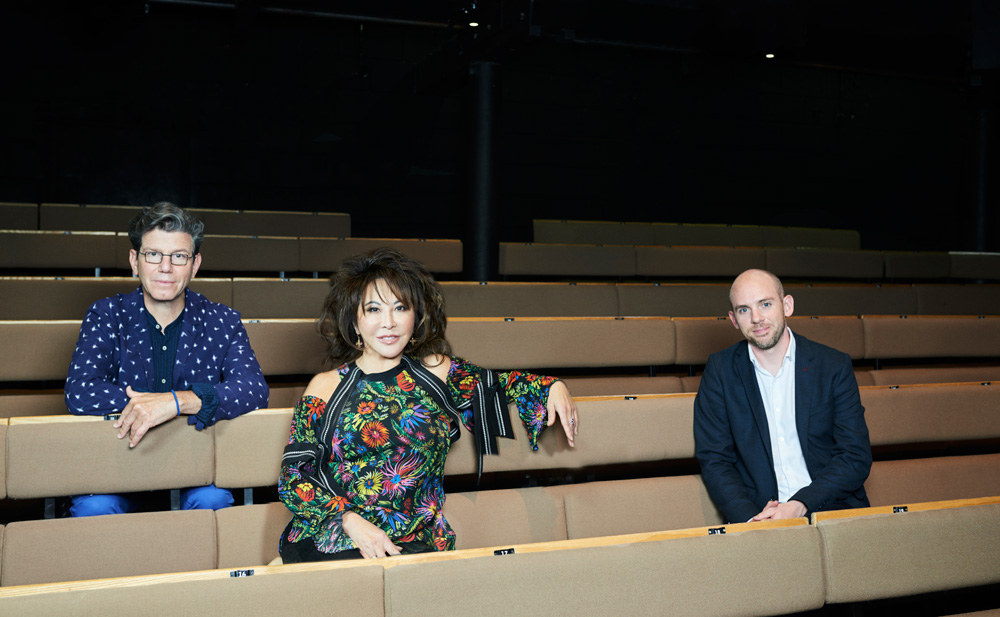
Davies with Robert Carsen and Oliver Mears at the Young Vic Theatre in London.
The KT Wong Foundation is characterised by its distinctive approach to cultural exchange. Instead of simply touring projects around each country – like ‘museum artefacts’, as Davies puts it – it invites artistic players from either country to collaborate, encouraging cross-fertilisation. Charming, passionate and erudite, it’s clear that Davies is the ideal facilitator for these partnerships: she’s a cultural renegade, with the intelligence and impartiality of a diplomat.
‘There’s part of me, and I think it works almost subconsciously now, that is constantly looking for stories that both cultures will understand. I’m always seeking that common ground, a key that will unlock the door between two countries and allow a freer flow of communication. That’s the greatest challenge, but it’s also the most exciting.’
The Foundation made headlines back in 2009 with a pioneering production of Handel’s Semele, directed by Chinese artist Zhang Huan. It was the first time a baroque opera had been staged in China, and gave the role of director to a visual artist with no experience in the performing arts and little knowledge of English. This experiment in bringing together Chinese visual art and western music earned rave reviews and has since been shown on three continents. Its interdisciplinary approach has now become the Foundation’s hallmark.
Wallpaper* Newsletter
Receive our daily digest of inspiration, escapism and design stories from around the world direct to your inbox.

Davies with her longest standing collaborator Long Yu at the Elbphilharmonie in Hamburg.
‘We were really the first to do that, and now it’s happening everywhere.’ What is the magic ingredient an artist brings to the world of opera? ‘I’ve always wanted to take opera out of the conventional, straitjacketed constraints of how it should be produced. You can still get the story, the drama; it’s just told in a very different and visual way. That’s what makes it relevant for a new audience.’
In the next six months alone, Davies is staging three events at the 20th Beijing Music Festival alongside frequent collaborator (and the festival’s artistic director) Long Yu, working with London’s Young Vic on a revival of Aeschylus’ The Suppliant Women, and supporting the newly opened Zeitz Museum of Contemporary Art Africa, designed by Heatherwick Studio. Her connection with South Africa is longstanding – she has had a home in Cape Town for more than two decades, and earlier this year commissioned a musical soundscape by local composer Neo Muyanga for the South African Pavilion at the Venice Biennale. So does she have her eye on Africa’s rapidly evolving arts scene too?
‘China has invested so much in Africa, so I’m working to see what can happen from that association, beyond economics. There’s so many exciting things happening all across the continent.’ She pauses. ‘The most important thing is not to repeat ourselves. Once we’ve shown that something can be done, we want to let the others get on with it.’ If the Foundation’s first ten years have taught us anything, it’s to expect the unexpected – and that Davies will be on the frontline of these seismic cultural shifts.
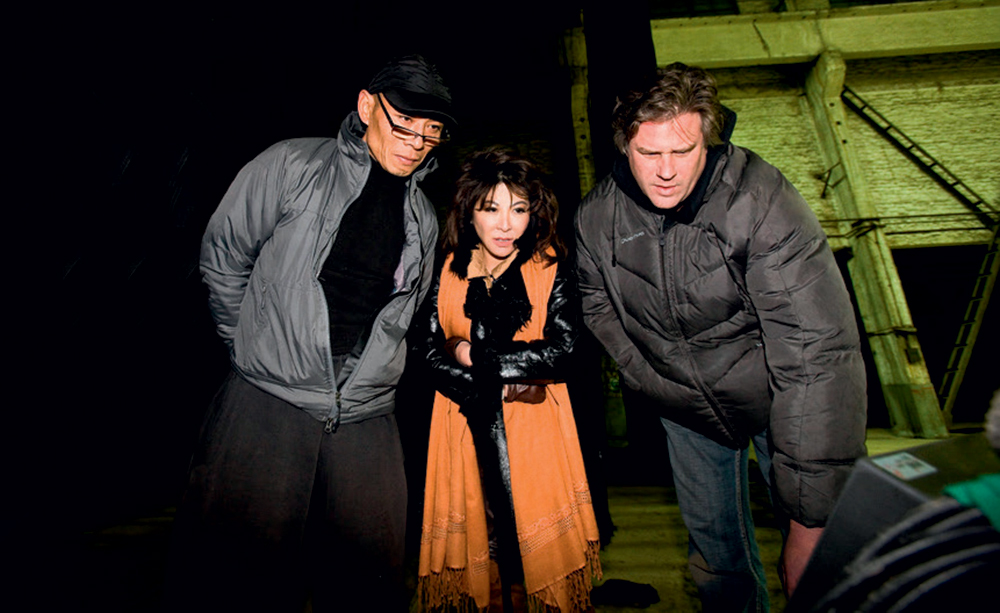
Davies in 2009 with Zhang Huan during rehearsals for Handel’s Semele at Huan’s studio in Shanghai.
Star collaborators
Ole Scheeren: The German architect joined forces with the Foundation for the floating Archipelago Cinema for the 2012 Venice Biennale.
Lang Lang: Classical musician Lang was introduced to Wallpaper* by Davies and subsequently became our Guest Editor in 2012 (see W*163).
Daniel Barenboim: The maestro of the West-Eastern Divan Orchestra turned to Davies when sponsorship for its first China tour fell through.
Oliver Mears: Opera director Mears took the reins of Noye’s Fludde, a Benjamin Britten opera sponsored by the Foundation, which premiered in Belfast and travelled to Beijing, Shanghai and the UK.
Robert Carsen: Davies has supported opera legend Carsen’s work all over the world, bringing his production of A Midsummer Night’s Dream to China and Der Rosenkavalier to the UK.
William Kentridge: Artist Kentridge’s 2016 production of Alban Berg’s Lulu at the English National Opera was supported by the Foundation. Davies also hints at ‘something quite big’ to come next year.
As originally featured in the November 2017 issue of Wallpaper* (W*224)
INFORMATION
For more information, visit the KT Wong Foundation website
-
 All-In is the Paris-based label making full-force fashion for main character dressing
All-In is the Paris-based label making full-force fashion for main character dressingPart of our monthly Uprising series, Wallpaper* meets Benjamin Barron and Bror August Vestbø of All-In, the LVMH Prize-nominated label which bases its collections on a riotous cast of characters – real and imagined
By Orla Brennan
-
 Maserati joins forces with Giorgetti for a turbo-charged relationship
Maserati joins forces with Giorgetti for a turbo-charged relationshipAnnouncing their marriage during Milan Design Week, the brands unveiled a collection, a car and a long term commitment
By Hugo Macdonald
-
 Through an innovative new training program, Poltrona Frau aims to safeguard Italian craft
Through an innovative new training program, Poltrona Frau aims to safeguard Italian craftThe heritage furniture manufacturer is training a new generation of leather artisans
By Cristina Kiran Piotti
-
 What is RedNote? Inside the social media app drawing American users ahead of the US TikTok ban
What is RedNote? Inside the social media app drawing American users ahead of the US TikTok banDownloads of the Chinese-owned platform have spiked as US users look for an alternative to TikTok, which faces a ban on national security grounds. What is Rednote, and what are the implications of its ascent?
By Anna Solomon
-
 Cui Jie revisits past utopian architectures in her retro-futuristic cityscapes
Cui Jie revisits past utopian architectures in her retro-futuristic cityscapesCui Jie responds to the ‘Cosmos Cinema’ theme of the Shanghai Biennale 2023
By Finn Blythe
-
 ‘A Show About Nothing’: group exhibition in Hangzhou celebrates emptiness
‘A Show About Nothing’: group exhibition in Hangzhou celebrates emptinessThe inaugural exhibition at new Hangzhou cultural centre By Art Matters explores ‘nothingness’ through 30 local and international artists, including Maurizio Cattelan, Ghislaine Leung, Hiroshi Sugimoto, Liu Guoqiang and Yoko Ono
By Yoko Choy
-
 Cao Fei’s dystopian fantasies fuse art and technology
Cao Fei’s dystopian fantasies fuse art and technologyChinese artist Cao Fei’s dystopian art tackles themes such as the automation of labour, hyper-capitalism and the effect of a global pandemic. Having just completed her first major solo show in Beijing, the prolific winner of the 2021 Deutsche Börse Photography Foundation Prize is going global, with her retro-futuristic take on contemporary life now the subject of exhibitions from Los Angeles to Rome, and a 20-page portfolio for Wallpaper*
By Daven Wu
-
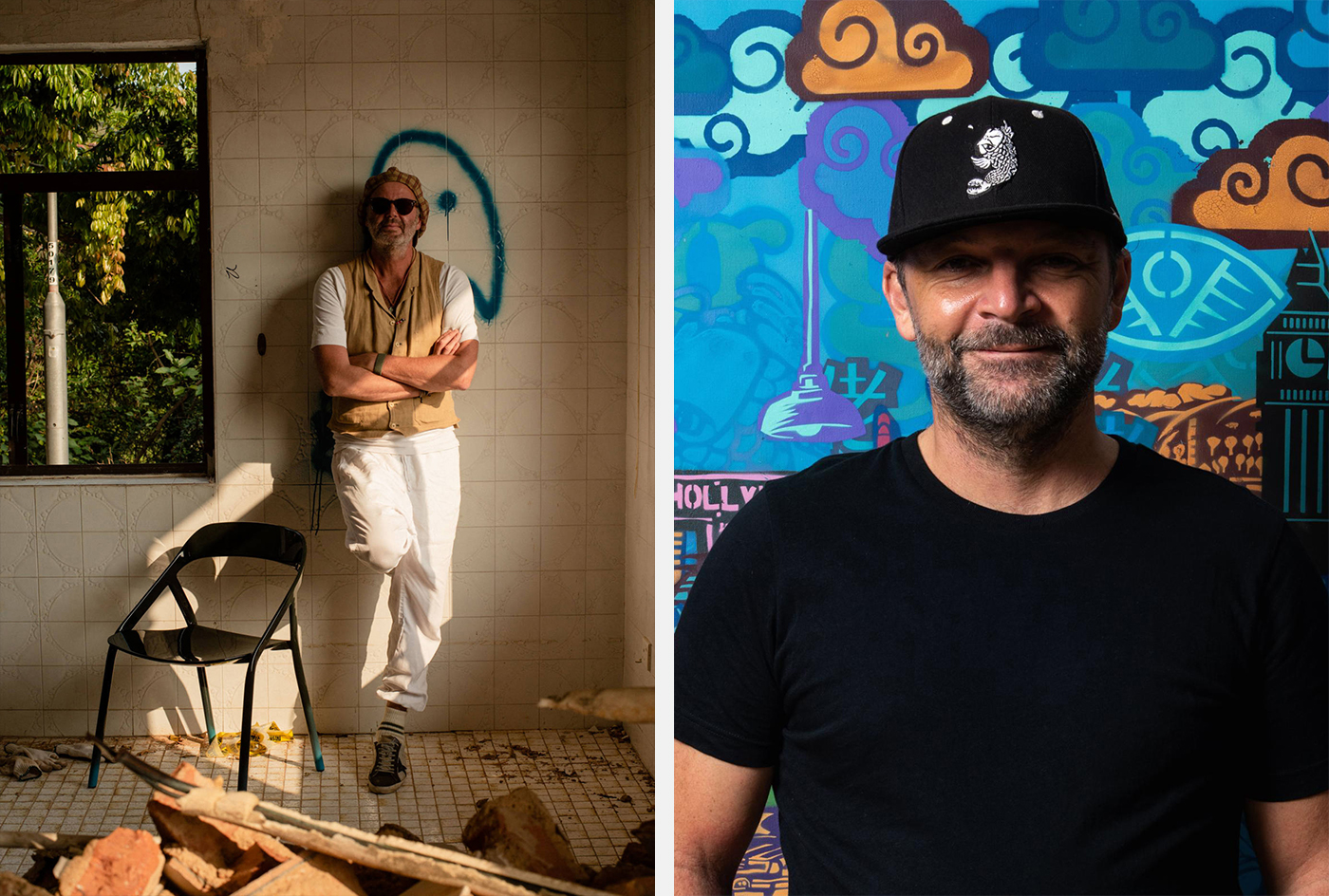 Hong Kong through artists’ eyes
Hong Kong through artists’ eyesHong Kong’s buzzing art and design scene, explored through the eyes of two creatives drawn to practise in the city
By Harriet Lloyd Smith
-
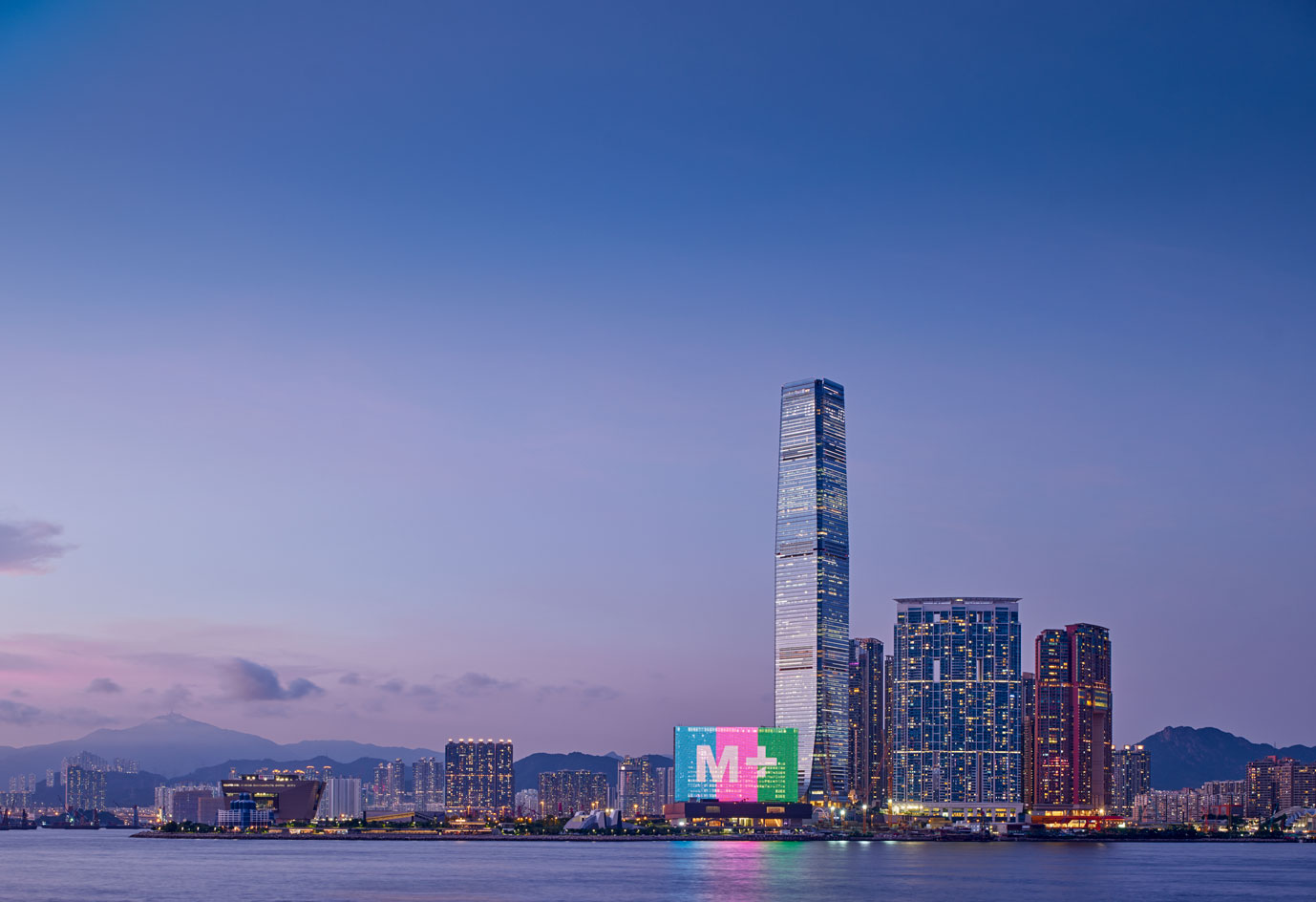 Hong Kong’s M+ Museum to open with six thematic shows
Hong Kong’s M+ Museum to open with six thematic showsAsia’s first global museum of contemporary visual culture will open on 12 November in Hong Kong’s West Kowloon Cultural District, with six themed shows spanning art, design and architecture
By Harriet Lloyd-Smith
-
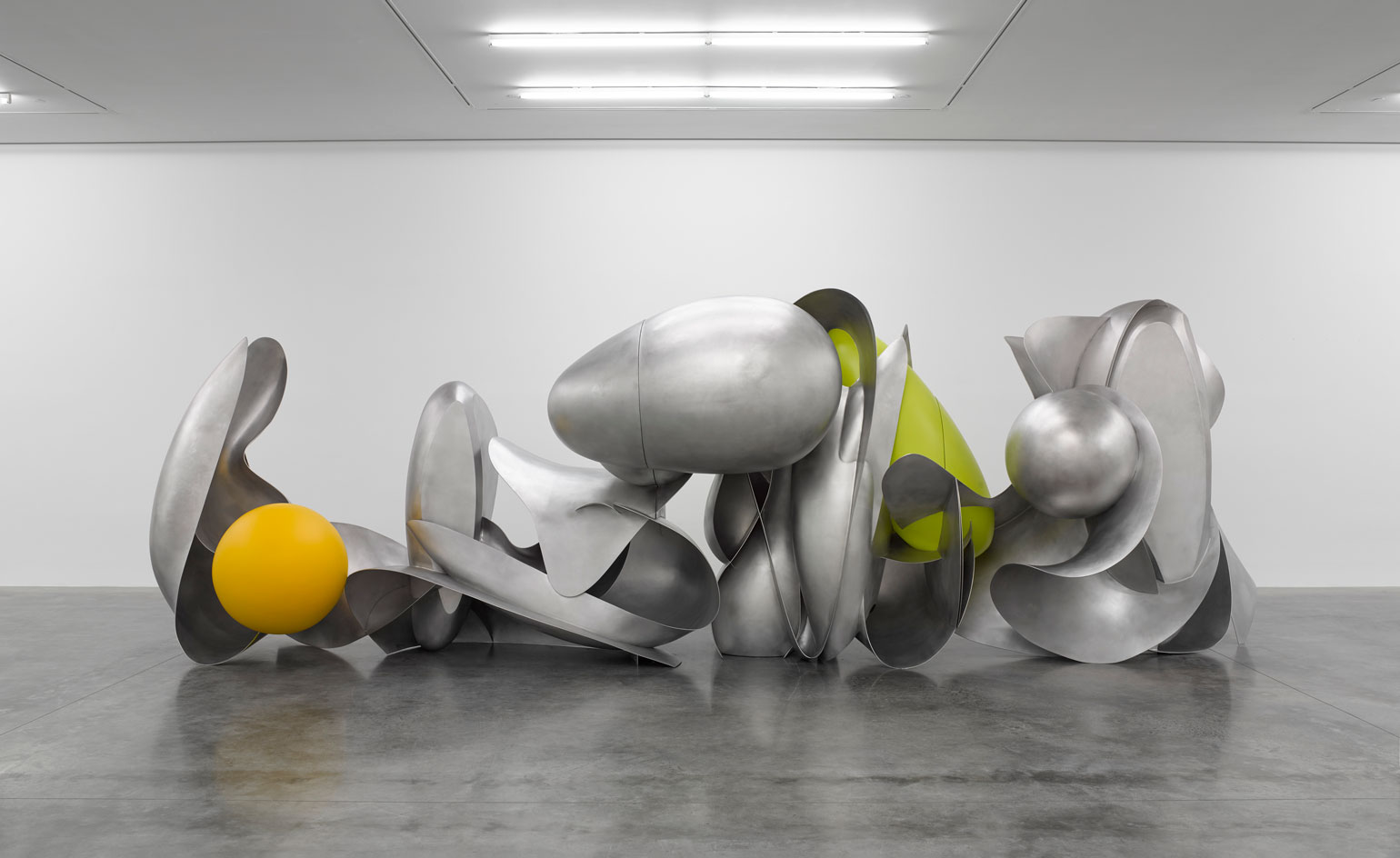 Architectural futurism and urban ‘nudity’: Liu Wei at White Cube
Architectural futurism and urban ‘nudity’: Liu Wei at White CubeWhat is urban space without bodies? Chinese artist Liu Wei describes his eerie exploration of deserted cityscapes at White Cube Bermondsey
By Harriet Lloyd-Smith
-
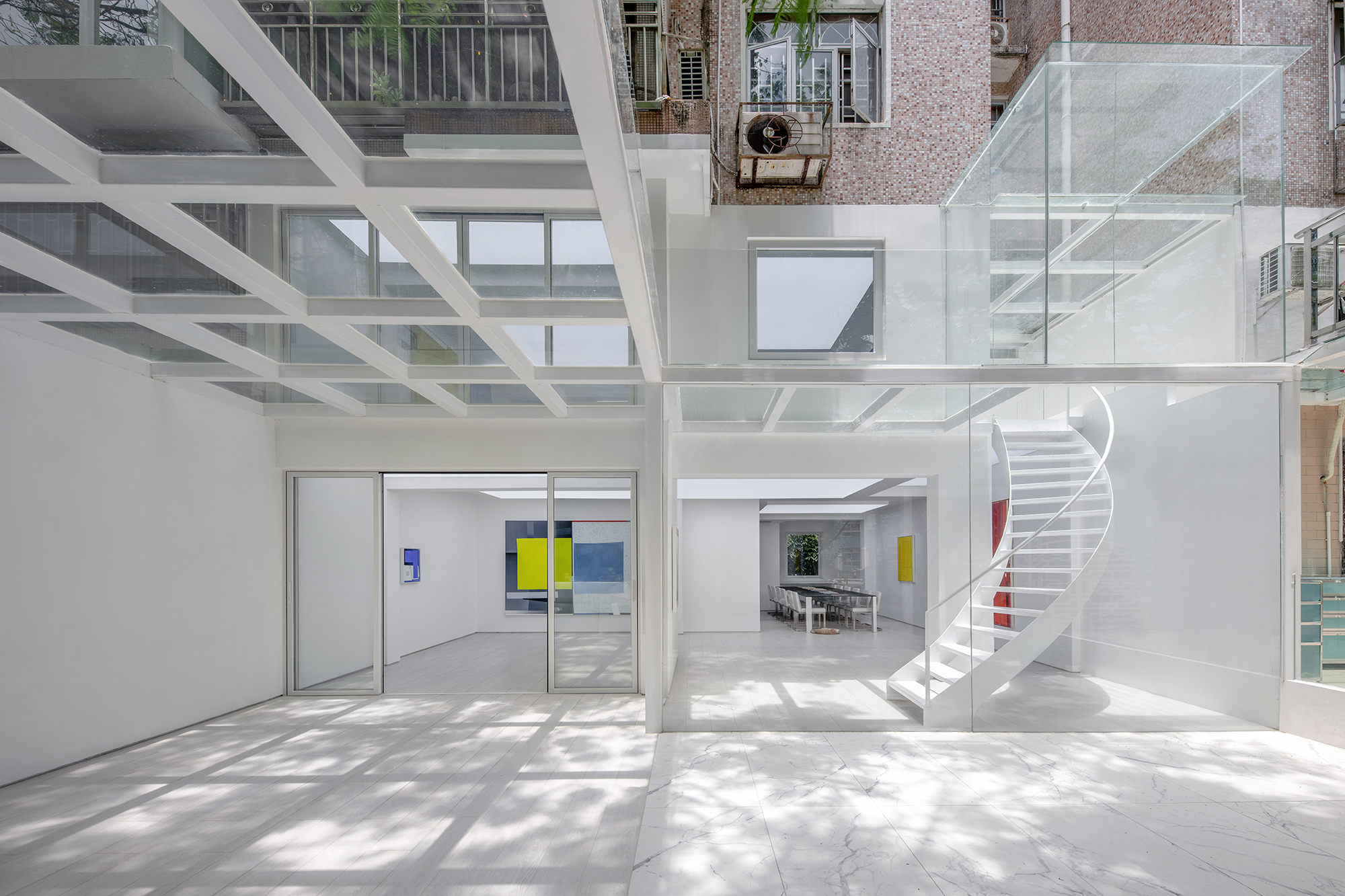 Ethereal minimalism infuses Shenzhen’s KennaXu Gallery
Ethereal minimalism infuses Shenzhen’s KennaXu GalleryKennaXu Gallery, designed by Da Integrating, is a new Shenzhen contemporary art space created through the transformation of an old residential unit into a haven of ethereal minimalism
By Ellie Stathaki